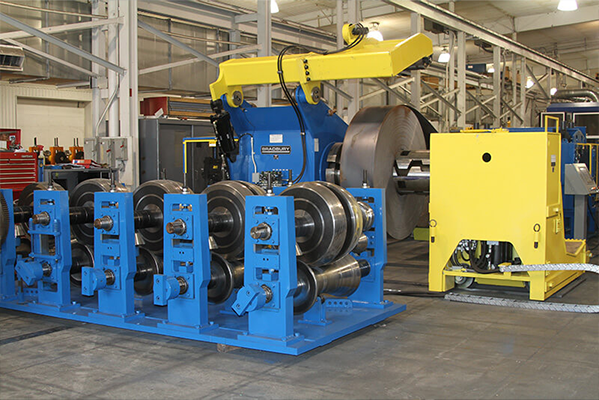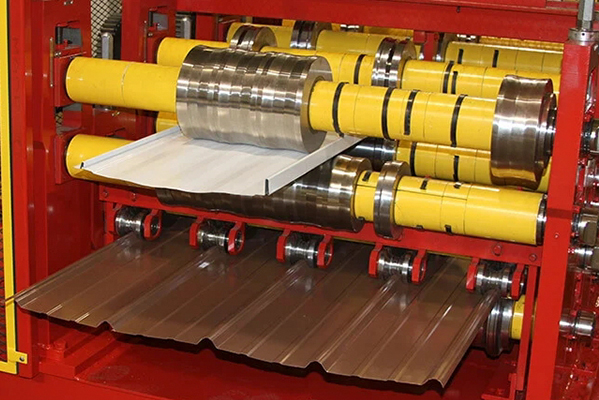Navigation Menu
Contact Us
- Email:
- info@wxavatar.com
- Address:
- Yurong Village, Yuqi Street, Huishan District, Wuxi, China.
Release Date:Apr 18, 2025 Visit:2 Source:Roll Forming Machine Factory
The forming process is a critical stage in manufacturing, where raw materials are shaped into desired products. However, various defects can occur during this process, affecting product quality and performance. Understanding these defects helps manufacturers improve production efficiency and reduce waste.

1. Surface Imperfections
Surface defects are common in forming processes such as casting, forging, and sheet metal forming. These include:
Scratches and Scuffs: Caused by friction between the material and forming tools.
Pitting: Small holes or depressions on the surface due to improper material handling or tool wear.
Oxidation: Unwanted surface reactions with air or moisture, leading to discoloration or weakened material integrity.
2. Dimensional Inaccuracies
Precision is crucial in forming, but deviations can occur due to:
Springback: In sheet metal forming, the material may partially return to its original shape after forming, leading to incorrect dimensions.
Warping: Uneven cooling or stress distribution can cause the product to bend or twist out of shape.
Inconsistent Thickness: Variations in material flow during forming can result in uneven wall thickness.
3. Internal Defects
Some defects are not visible on the surface but can weaken the product:
Voids and Porosity: Air pockets trapped inside the material during casting or molding reduce structural strength.
Cracks: Internal fractures caused by excessive stress or improper cooling rates.
Inclusions: Foreign particles embedded in the material, leading to weak spots.
4. Edge and Corner Defects
In processes like stamping and extrusion, edge-related issues may arise:
Burrs: Rough, sharp edges left after cutting or shearing operations.
Tearing: Material rupture at edges due to excessive stretching or poor ductility.
Folding: Overlapping material layers caused by improper flow during forming.

5. Material Flow Issues
Uneven material distribution can lead to defects such as:
Wrinkling: Excess material buckling in deep drawing or stamping.
Thinning: Excessive stretching in certain areas, reducing strength.
Conclusion
Defects in the forming process can compromise product quality and increase production costs. By identifying these issues early and optimizing process parameters, manufacturers can improve consistency and reduce waste. Proper tool maintenance, material selection, and process control are essential for minimizing defects and ensuring high-quality output.